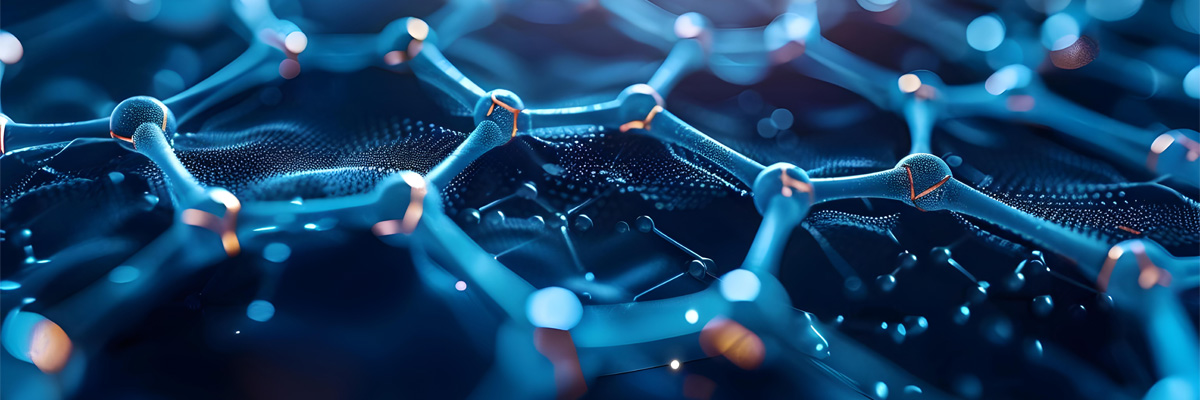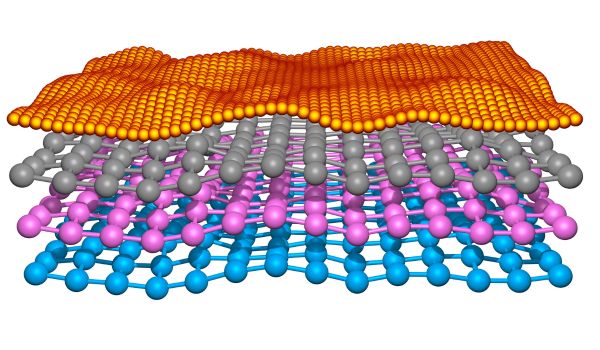An Introduction to Molecular Electronics
Molecular electronics is an interdisciplinary field at the intersection of physics, chemistry and electrical engineering that explores the use of individual molecules or small groups of molecules as fundamental components in electronic circuits. Unlike conventional electronics, which relies on semiconductor-based materials like silicon, molecular electronics seeks to develop devices where molecules perform the functions of components like transistors, diodes, and memory elements.
Key concepts in Molecular Electronics
- Molecular Conductance: One of the central principles is understanding how electrical current passes through a single molecule or a molecular junction. Depending on the molecular structure and environment, molecules can act as conductors, semiconductors, or insulators.
- Molecular Junctions: These are configurations where a single molecule or a group of molecules is placed between two electrodes. The electrical properties of the molecule, such as how they control the flow of electrons, are crucial for the function of molecular devices.
- Self-Assembly: Molecular electronics often involves the use of self-assembling techniques where molecules naturally organise themselves into well-defined structures. This can enable the precise placement of molecules at nanoscale dimensions.
- Quantum Effects: At the molecular level, quantum mechanics plays a significant role in determining electronic behaviour. Effects such as quantum tunnelling, where electrons pass through barriers that would be insurmountable in classical physics, are prominent in molecular-scale electronics.
Some applications
- Nano-scale Transistors: Molecules that mimic the behaviour of traditional transistors, controlling current flow with high efficiency.
- Data Storage: Memory devices where information is stored in the electronic states of individual molecules.
- Chemical Sensing: Molecular structures that can change their electrical properties in response to environmental changes, enabling highly sensitive chemical sensors.
- Molecular Wires: Molecules that conduct electricity over nanoscale distances, potentially forming the basis of ultra-miniaturised circuits.




